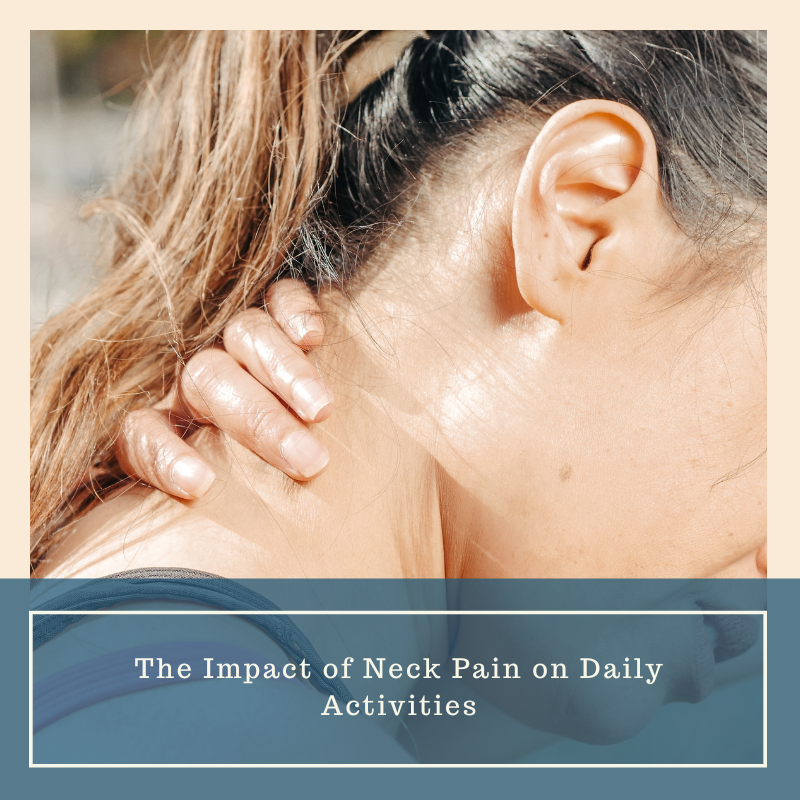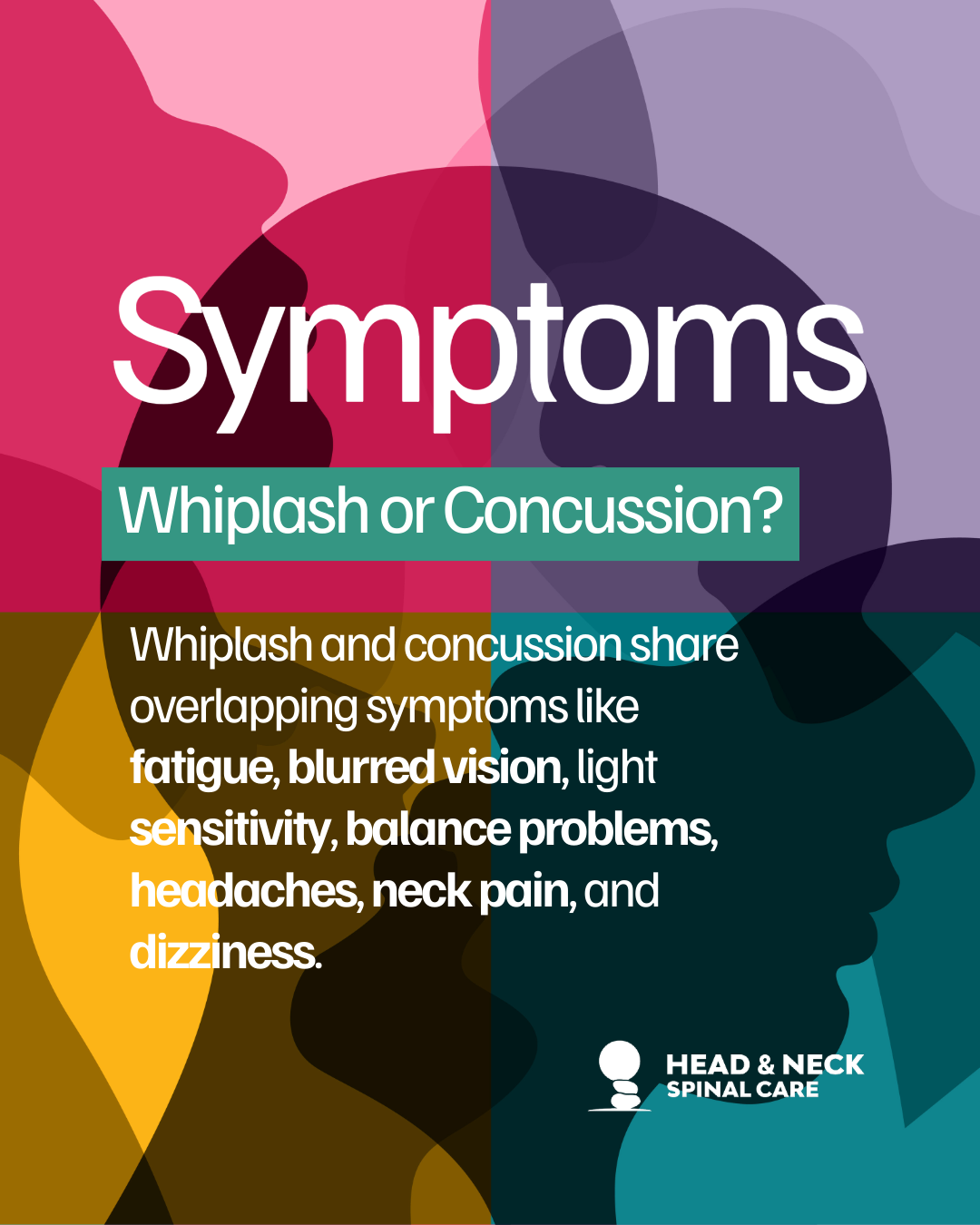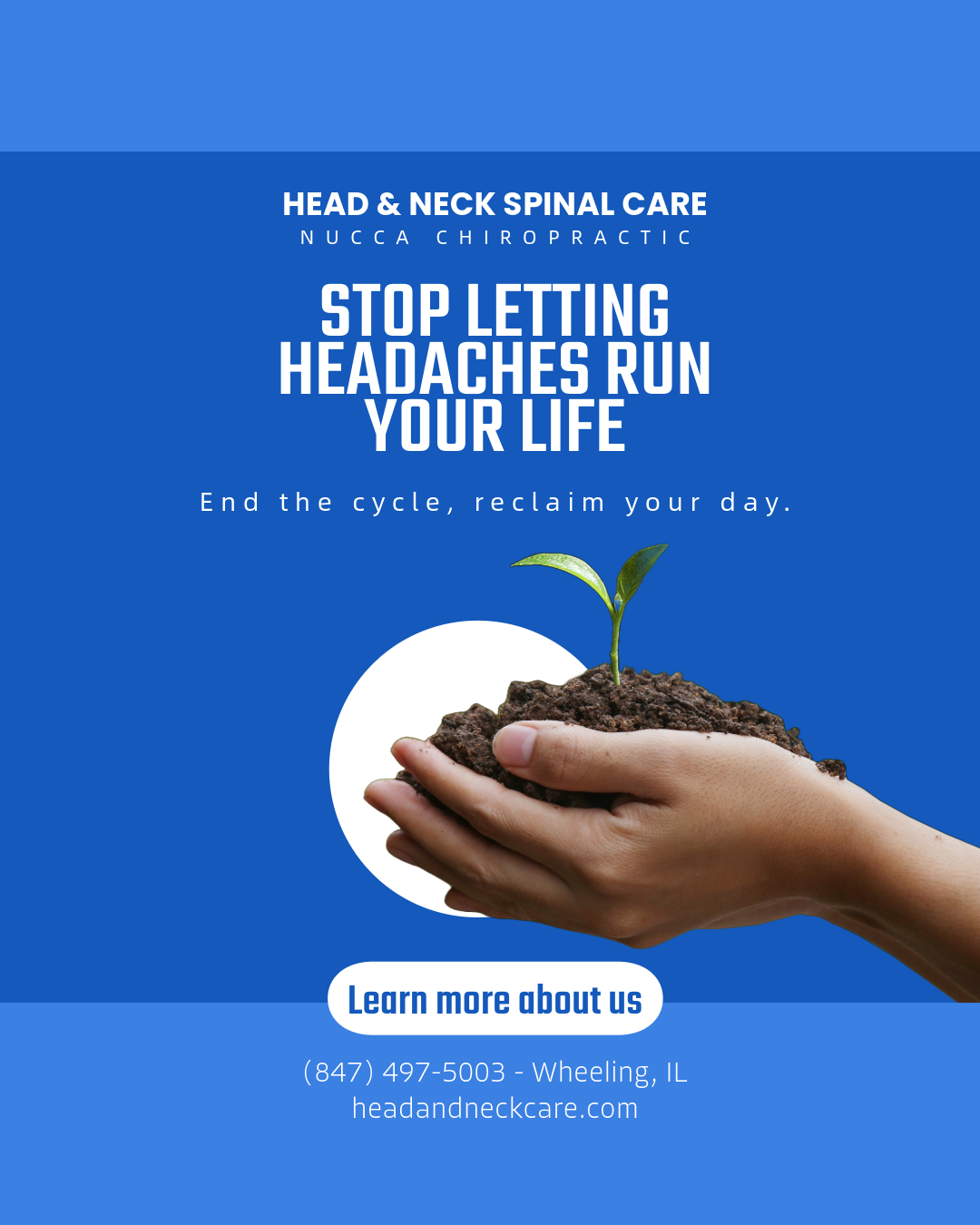Neck Pain 101
Every so often, a sharp twinge or a dull ache in the neck can remind us of how much we rely on this pivotal structure in our body. The neck plays a critical role in supporting our head and connecting it to the rest of the body. Yet, despite its significance, many people seem to dismiss the neck pain as a minor soft tissue problems that would resolve on its own over time. In essence, neck pain is not just an individual’s challenge but a collective concern that demands attention, understanding, and action.
Neck pain isn’t just about physical discomfort. The effects of the emotional and mental aspect on our daily life is immeasurable. Simple activities like reading a book, watching a movie, or even enjoying a family time with laughter can become challenging. The ripple effects of this chronic discomfort can influence both personal and professional lives, affecting relationships and work quality.
According to the World Health Organization, neck pain is one of the top five disorders in terms of disability-adjusted life years in Western Europe and North America. This statistic paints a picture of the widespread nature of neck pain and its profound effects on our quality of life.
Furthermore, adults, particularly those between the ages of 30 and 50, are most susceptible to neck pain. This age bracket is typically characterized by career growth, family commitments, and increased responsibilities, making the effects of neck pain even more pronounced. It’s not just about individual suffering, but this neck pain has broader societal implications too. A study found that neck pain accounts for a significant portion of workplace absenteeism and reduced productivity.
What People Experience with Neck Pain
For many, neck pain is not just a mere inconvenience. It’s a debilitating condition that can affect daily activities, quality of life, work performance, and overall well-being. From struggling to turn the head to feeling discomfort when trying to sleep, neck pain can make even the most straightforward tasks feel daunting.
While the severity and type of neck pain can vary, some common symptoms include:
- Stiffness or reduced mobility
- Sharp or stabbing pain in the upper back
- Muscle tightness or spasms
- Headaches originating from the neck
- Shoulder pain
- Jaw pain
- Ear pain
- Tingling or numbness that can travel down into the arms

The Impact of Neck Pain on Daily Activities
Imagine feeling a sharp ache pain every time you nod in agreement or finding it challenging to maintain a posture while working at your desk. Neck pain can limit significant portions of your daily activities that require your attention.
- Driving capabilities, making it difficult to check blind spots.
- Physical activities like lifting or working out.
- Walking or standing for prolonged periods
- Concentration and focus due to consistent discomfort.
- Social activities, as prolonged conversations or outings might exacerbate the pain.
- Lack of sleep and restlessness
- Fatigue due to feeling pain and discomfort
- Lifting objects from the ground
Why Does Neck Pain Happen?
Neck pain is a common complaint and can be attributed to a variety of causes. The neck, also known as the cervical spine, is a complex structure made up of vertebrae, discs, muscles, and ligaments, all of which work in harmony to support the head and allow for its wide range of motion. Given its function and anatomy, the neck is susceptible to both injury and wear and tear. Here are some of the primary reasons why neck pain might occur:
- Poor posture: Spending hours hunched over desk or computer strains the neck muscles and ligaments.
- Muscle strain and tension: Engaging in repetitive activities for long hours can overetend the neck muscles.
- Trauma: Accidents and injuries like whiplash from car accidents, slip and falls, sports injuries, can lead to acute neck pain.
- Wear-and-tear: Degenerative disc issues like osteoarthritis can affect the neck and lead to spinal discs problem in a long-run. This type of degenerative joint condition can result in bone spurts that may impinge on nerve structures nearby.
- Medical conditions: Issues like fibromyalgia, rheumatoid arthritis or meningitis can cause neck discomfort. Sometimes, issues in other parts of the body, like the heart, can result in referred pain to the neck or left arm.
- Lifestyle factors: Stress, being overweight, and lack of physical activities can contribute to neck pain.
Upper Cervical Chiropractic Approaches to Neck Pain
In today’s world, neck pain is no longer something that you must simply endure. Upper Cervical Chiropractor provides holistic approach to restore the head and neck spinal misalignment without cracking or manipulating the spine. Whether it’s due to an injury, chronic condition, or daily wear and tear, upper cervical chiropractic care helps to alleviate the neck pain and discomfort, restore body posture and quality of life.
Neck pain can significantly disrupt daily life. Recognizing its causes, symptoms, and treatments can pave the way for a pain-free life. If you or someone you know struggles with neck pain, consult an upper cervical chiropractor for a personalized treatment plan. Always remember: pain is the body’s way of communicating an underlying issue. Remember, pain is a signal – don’t ignore what your body is trying to tell you.
Head & Neck Spinal Care
Upper Cervical Chiropractic Care
401 S Milwaukee Ave, Suite 210
Wheeling, Illinois 60090
(847) 497-5003




